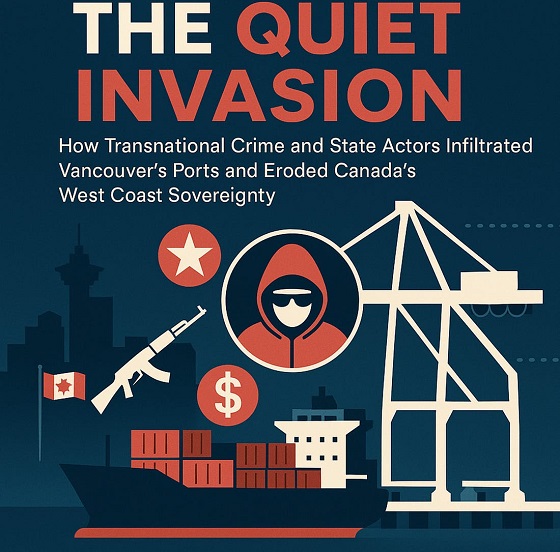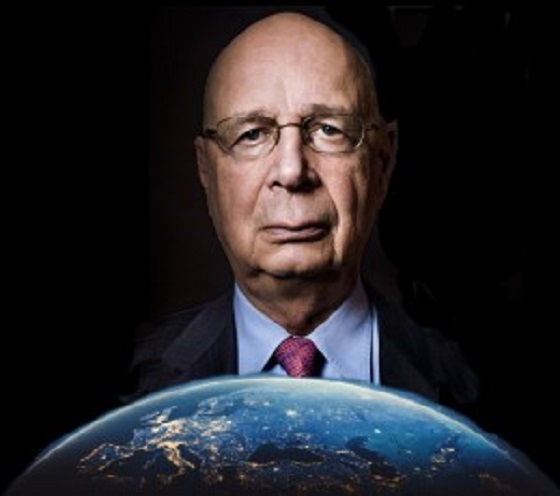Sports
Calgary Flames release a statement on the pause of the 2019-2020 season

From the Calgary Flames
The health, safety and well-being of our fans, staff and players remain the most important priority of Calgary Sports and Entertainment Corporation. CSEC is in full support of the National Hockey League’s decision to pause the 2019-20 season due to COVID – 19.
As a result of this decision, the Flames home game this evening versus the New York Islanders and Saturday versus the Winnipeg Jets will not take place as originally scheduled. In addition, the National Lacrosse League game scheduled for this weekend at the Scotiabank Saddledome is suspended.
We are currently working on answers to frequently asked questions from our various stakeholders and it is our intention to communicate on a regular basis as this situation is fluid.
As with the NHL, we are hopeful to resume the season and playoffs when appropriate and prudent.
From the National Hockey League
NEW YORK – National Hockey League Commissioner Gary Bettman today released the following statement regarding the 2019-20 NHL season:
“In light of ongoing developments resulting from the coronavirus, and after consulting with medical experts and convening a conference call of the Board of Governors, the National Hockey League is announcing today that it will pause the 2019‑20 season beginning with tonight’s games.
“The NHL has been attempting to follow the mandates of health experts and local authorities, while preparing for any possible developments without taking premature or unnecessary measures. However, following last night’s news that an NBA player has tested positive for coronavirus – and given that our leagues share so many facilities and locker rooms and it now seems likely that some member of the NHL community would test positive at some point – it is no longer appropriate to try to continue to play games at this time.
“We will continue to monitor all the appropriate medical advice, and we will encourage our players and other members of the NHL community to take all reasonable precautions – including by self-quarantine, where appropriate. Our goal is to resume play as soon as it is appropriate and prudent, so that we will be able to complete the season and award the Stanley Cup. Until then, we thank NHL fans for your patience and hope you stay healthy.”
Sports
Boxing authority says allegedly male competitor should return Olympic medal won against women
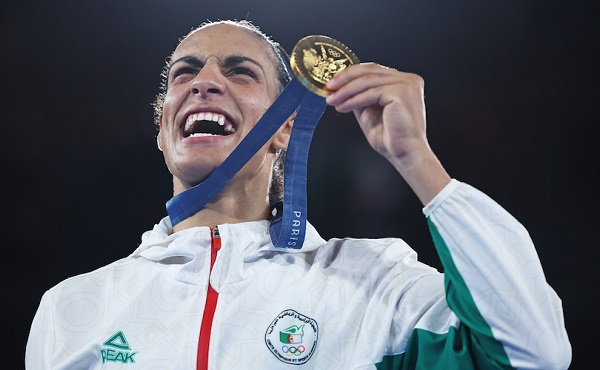
From LifeSiteNews
By Ray Hilbrich
IBA President Umar Kremlev has called for Algerian boxer Imane Khelif to return the Olympic medal and criticized the IOC for prioritizing politics over fairness in sport
Umar Kremlev, president of the International Boxing Association (IBA), has called for Algerian boxer Imane Khelif to return an Olympic medal, citing gender testing concerns. Khelif was the center of controversy during the Olympic games after allegations arose that the purportedly female boxer had in fact failed two gender tests in 2022 and 2023. The IBA had banned Khelif from women’s events after the tests indicated the athlete had XY chromosomes.
Kremlev expressed his outrage that Khelif was allowed to compete as a woman in the Olympic games. Speaking to the Daily Mail for an article published June 25, Kremlev accused the International Olympic Committee (IOC) of championing political interests over sport fairness.
“There is a lot of corruption surrounding the IOC, and many violations of good sporting principles,” Kremlev said. “The IOC is not fighting for the fairness in sport. The IOC is giving away medals based on their political interests. Imane Khelif should be made to return the Olympic medal from Paris.”
Kremlev then described the gender tests conducted by the IBA on Khelif.
After encountering some “suspicious moments” regarding Khelif’s gender, the IBA conducted their first test in 2022; it yielded “abnormal results.” Kremlev admitted that the IBA had never come across a situation like this, so they decided to conduct another test in 2023.
“That second test was done in 2023 and confirmed the same findings as the first. Both tests showed XY chromosomes,” he stated.
RELATED: Allegedly male Algerian boxer wins Olympic gold in women’s welterweight division
The IOC has called the validity of these tests into question.
IOC spokesperson Mark Adams pronounced these tests “not legitimate”.
“The tests themselves, the process of the tests, the ad hoc nature of the tests are not legitimate,” he said in a 2024 conference.
Kremlev has advocated for mandatory gender testing before competitions — a proposal that could reignite global debate on privacy and fairness in sports.
“There should be one rule that everyone follows. Gender testing before every event. That’s the only way to make sure the fight is fair,” he stated.
Bruce Dowbiggin
What Connor Should Say To Oilers: It’s Not You. It’s Me.
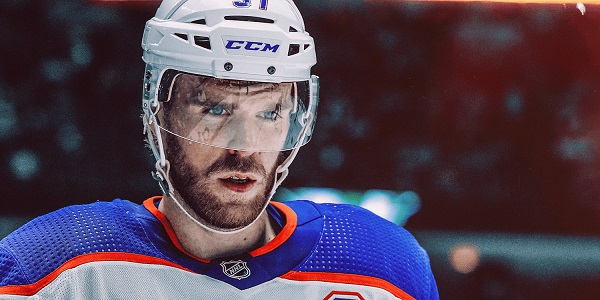
This just in. Connor McDavid is on track to be the greatest hockey player ever. Apologies to the Gretz/ Orr/ Howe partisans. But if he stays healthy and gets the hell out of Edmonton he will be hands-down the best ever. He is equal measures of Gretzky’s intuitive genius, Orr’s 200-foot impact. Howe’s sandpaper attitude. It’s an honour to watch him.
We know, we know, if he is so great why couldn’t he get the Oilers over the hump, particularly the past two seasons against Florida? Gretz, Orr, Howe all won Stanley Cups while leading their teams. So did Mario Lemieux. Fair point. But Howe in his prime never played more than two series in the postseason. Orr often played just three. Gretz teams often bagelled opponents for years.
McDavid’s teams the last two years have had lengthy paths to tred. Just getting to a Final is a huge accomplishment. Repeating that feat (going seven then six games) in the Final is humungous. It’s exhausting, mentally and physically. That’s why so few teams do it.
Still, that’s not the point. We have been asking since 2018 how long McDavid will hobble his legacy by staying in Edmonton. Those early columns were talking about a team that missed playoffs or did a Maple Leafs fold early on. The current iteration of the Oilers has gotten to the brink. They have players who’ve been around a while. And fell short.

Now the Oilers are an old team, the oldest in the regular season, the oldest team in the playoffs this year. Teams carrying more than two plus-30 players have a miserable track record of winning Cups. And the Oilers have zero Grade A prospects in the pipeline. At 28, McDavid is a young guy on their roster. Not good.
As the hockey world knows he can sign an extension on July 1 to follow the contract he has now. Money will be no object as the NHL salary cap (finally) goes up. Term will be forever if he wants it. His running mate Leon Draisaitl is tied up till age 36. The Oilers desperately want him to stay after the Gretzky fiasco in 1988. So what is he going to do? He’s got national endorsements in Canada, but in the U.S.? Connor who? The sky is the limit.
Oilers fans palpitating over the future of their star were looking for hints as to his mindset when he met the media following the Oilers loss in six games to Florida. It was a chance for him to say he’s staying, he loves the place, his wife is committed to freezing every winter in the Alberta capital. He could have cried and said “Mess told me not to do that”.
What they got was a lot of maybe. Yes, he kept the doors open, but he said he needs time to see the landscape till the clock tolls on July 1. He needs to examine whether this veteran team has a future. Because in a few years they’ll be like Howe’s Detroit teams in the 60s, a played-out dynasty.
Under NHL rules no team can contact him about signing. But he will know that everyone will want him at a max deal. Some will offer no state income tax. Some will have teams on the cusp of the Cup he desires (see Matthew Tkachuk to Florida in 2023). Some will be giant U.S. media cities with the ability to make him what Gretzky became in L.A. Some will offer warm weather and anonymity away from the rink.
These are all knowns. For the impatient, teams can approach the Oilers now about a trade. So he’s holding all the cards. It’s prom night and he gets his pick. Unless Edmonton (gulp) jumps the gun on a trade.

Let’s play Peter Pocklington for a minute here and see this from the Oilers’ POV. Pocklington traded Gretzky, because Peter was broke. That’s not Darryl Katz’s problem. His problem is his team is about to get ancient. There is no McDavid for Draisaitl on the horizon. Plus, you’ve tied up several players (Nurse, Nugent Hopkins) to contracts they can’t hope to play up to. And youngish players coming into free agency.
He must address the other side of the 1988 Gretzky equation. How to get full market value for a superstar? Which means getting another star to help Draisaitl going forward. You could let the two play out the string together in Edmonton, of course. But with so many strong teams in Colorado, Vegas, Dallas, even Winnipeg that would be a hard slog. And by the time you realized that it would be too late.
The smart play, as Michael Corleone would say, is move fast. Trade McDavid before the start of next season for a boatload of young players to supplement Draisaitl. Take a short-term PR hit but live to compete another day.
Of course, Katz is not going to trade McDavid. He’s a fanboy owner. He’ll throw the Rexall kitchen sink at him and hope that’s enough. McDavid will be patient (if he’s smart). The “will-he-sign?” drama will bleed into the next season, a millstone for the team. The distractions will mount before Edmonton realizes that an unsigned McDavid is a liability. And Connor on a max deal with a minus team is no bargain either.
Remember the re-structured Oilers won a Cup in 1990 using Mark Messier and the players they got for Gretzky. Think about it, Edmonton.
Bruce Dowbiggin @dowbboy is the editor of Not The Public Broadcaster A two-time winner of the Gemini Award as Canada’s top television sports broadcaster, his new book Deal With It: The Trades That Stunned The NHL And Changed hockey is now available on Amazon. Inexact Science: The Six Most Compelling Draft Years In NHL History, his previous book with his son Evan, was voted the seventh-best professional hockey book of all time by bookauthority.org . His 2004 book Money Players was voted sixth best on the same list, and is available via brucedowbigginbooks.ca.
-

 Business6 hours ago
Business6 hours agoRFK Jr. says Hep B vaccine is linked to 1,135% higher autism rate
-

 Alberta1 day ago
Alberta1 day agoAlberta Independence Seekers Take First Step: Citizen Initiative Application Approved, Notice of Initiative Petition Issued
-

 Crime18 hours ago
Crime18 hours agoNational Health Care Fraud Takedown Results in 324 Defendants Charged in Connection with Over $14.6 Billion in Alleged Fraud
-

 Crime1 day ago
Crime1 day agoSuspected ambush leaves two firefighters dead in Idaho
-
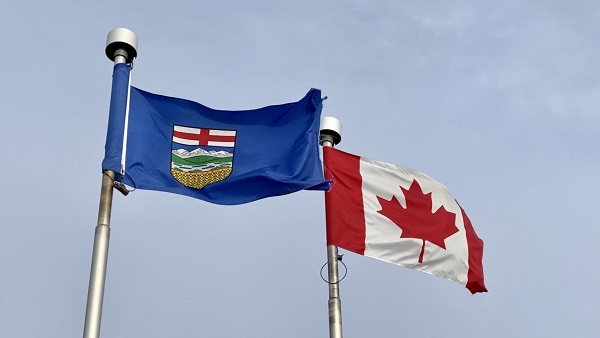
 Alberta1 day ago
Alberta1 day agoWhy the West’s separatists could be just as big a threat as Quebec’s
-
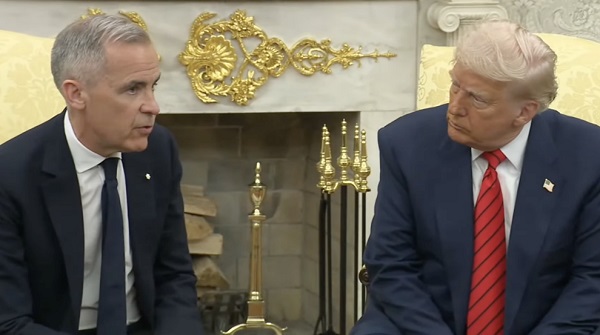
 Business1 day ago
Business1 day agoCanada Caves: Carney ditches digital services tax after criticism from Trump
-

 Health18 hours ago
Health18 hours agoRFK Jr. Unloads Disturbing Vaccine Secrets on Tucker—And Surprises Everyone on Trump
-

 Business1 day ago
Business1 day agoMassive government child-care plan wreaking havoc across Ontario
